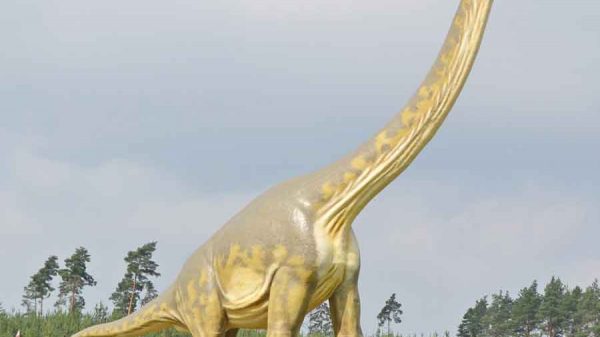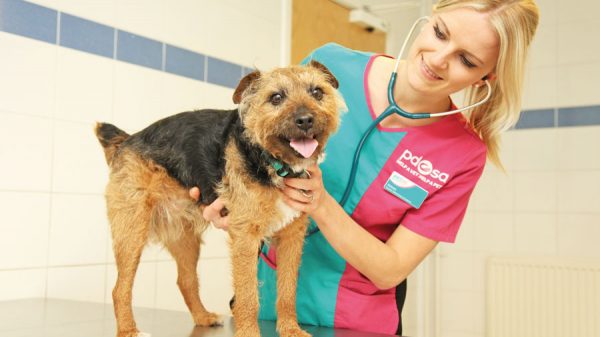−−− BY LINDA JENKINSON −−−
Compared to last year, this autumn has provided a bountiful harvest for our overwintering birds which are now busily fattening up with one purpose in mind, to lay down fat for the cold months ahead. Birds use different strategies to survive over the winter. One clever method we might observe is caching. When food is plentiful some birds, such as jay and coal tit, will store food for leaner times and you might have already seen jays flying backwards and forwards from a food source to a caching site. The next time you see a coal tit at your feeders you’ll notice that they never usually stay and feed there, they take an item of food and fly away. Once the leaves have fallen from the trees, you might be able to follow it with your binoculars to see what it does with the seed it takes. There might be a cache in your garden such as a crevice in a tree.
Another strategy is to flee from the breeding area to a warmer climate. Virtually all of the insect eaters that bred in the UK have already left and flown south and they are now being replaced by a surge of birds from Arctic and subarctic regions. Many of the larger winter visitors including wildfowl and waders will appear in wetland habitat while other smaller birds may visit our gardens. Yes, it’s time to look for redwing, fieldfare and (fingers crossed) waxwing on garden berry bushes and brambling feeding on our seed feeders but there are some interesting hidden migrants to look for. These are classed as residents in the UK but are also common on the continent. They too must fly to warmer climes and Britain is often their destination. Look for differently coloured or larger breasted/longer winged variations of familiar species such as robin, redpoll, woodpigeon, bullfinch, goldcrest, chaffinch, mistle thrush and blackbird. The continental blackbirds are easier to differentiate. The males have a darker beak than the bright yellow beak of our British blackbirds. This darker covering is lost once the blackbird has moved back to its breeding territory.
As the season moves on, food becomes scarce as more birds arrive to eat it and it starts to decompose in bad weather. Daylight hours are short and foraging time decreases. Short days mean long, cold nights so it’s vital that a bird can minimise its fat loss while it is roosting. This process begins after the post breeding moult when a bird grows extra down feathers and filoplumes under its main body feathers. These extra feathers create more layers and provide more insulation, just like when we change our duvets from a 4.5 tog to a 13.5 tog as the weather changes. Birds can grow up to 10% more feathers in some cases. When the temperature drops, a bird will shiver to create heat from the muscles and the extra layers of feathers are fluffed out to trap the heated air around its body. We also simulate this when we shake more air into our feather duvets. A bird will also position its beak under its feathers to prevent heat loss and it can also hide one leg inside its belly feathers too. Birds have adapted a special type of vascular system to prevent hypothermia in extreme temperatures. The blood vessels running to and from each foot pass closely parallel to each other. The warm arterial blood supplying the foot heats the returning blood in the vein before it gets back into the body. This is called the counter-current heat exchange mechanism. By using this method, a bird is protected from frostbite and maintains a constant body temperature.

When food becomes scarce and a bird can’t replace the fat it lost overnight, its feathers will appear fluffed out during the day and it may appear to be tame. This bird needs your help badly. If you can, place food nearby without disturbing it too much and give it plenty of space. Keep your bird feeders filled with high energy food and provide some water if you can. All those layers of feathers need daily maintenance to keep a bird warm, so water is essential.
This is going to be my last article after writing a monthly piece for Yorkshire Reporter since 2018. If you’d like to continue your learning with me at Start Birding then you can follow me on social media, read my blog or join me on one of my many classes which run throughout the year. Get in touch if you’d like to receive my newsletters. I’ll also be continuing my work with Leeds Swifts and swift conservation nationally.
Linda Jenkinson teaches people about birds in and around Leeds. For details of classes email linda@startbirding.co.uk or call 07778 768719. Visit www.startbirding.co.uk or Start Birding on Facebook and Twitter.







